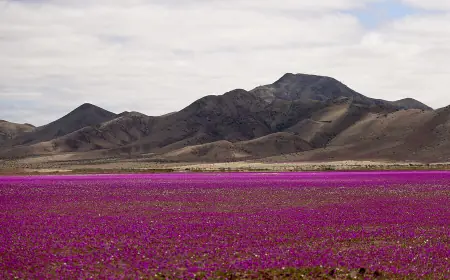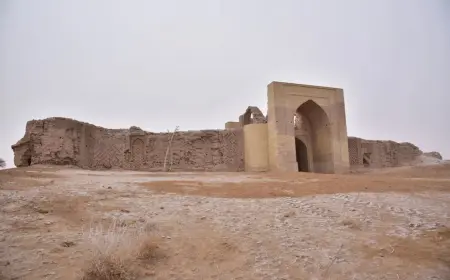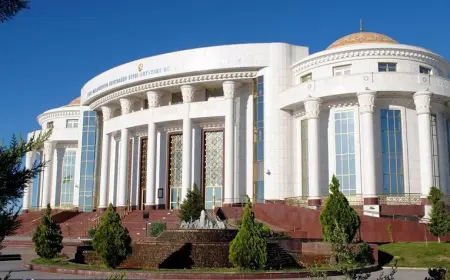The Path of "Mongolkino"
The Birth and Development of Mongolian Cinematography The Mongolian people were first introduced to the art of cinematography in 1914. That year, after returning from a visit to the Russian Empire, Sain Noyon Khan Namnansuren brought with him several film reels.

The first public film screening took place at a theater built in Urga. About a quarter of a century later, in 1935, the “Mongolkino” film studio was established in Ulaanbaatar.
Despite this, the first feature film presented to audiences — “Son of Mongolia” — was filmed in 1937 jointly with Soviet filmmakers at Lenfilm studios. It featured Mongolian actors such as Seven, Sosor-Barma, Gombo, Bato-Ochir, Igin-Khorlo, Rabdan, and Pagma.
In 1938, “Mongolkino” released its first independently produced film, “The Way of Norjman.”
Early Mongolian Films and Themes
The first films produced by Mongolian directors after the founding of Mongolkino focused on national heroes who had left a significant mark in the country’s history. Examples include:
-
His Name is Suhe Baatar
-
Desert Heroes
-
On the Saddle
Later, filmmakers began to focus more on the lives of workers and peasants. Notable examples:
-
New Year
-
The Result
-
Listen from the Other Side
-
Across the Gobi and Khingan
Mongolian Cinema in the 2000s
In the 2000s, Mongolian filmmakers produced numerous films of various scales. Successful titles included:
-
The Veins of the World
-
The Cave of the Yellow Dog
-
The Story of the Weeping Camel
(All directed by Byambasuren Davaa) -
Under the Blue Sky by Kentaro Masuo
-
Hiimori (The Horse), based on a poem by renowned poet Ch. Lkhamsuren, became especially beloved by audiences.
Modern Mongolian Cinema
Today, Mongolian filmmakers often produce multi-episode television series. In the first decade of this century, over 60 such series were released, indicating rapid growth in this field.
Moreover, Mongolian filmmakers now regularly collaborate with international colleagues on large-scale productions.



























